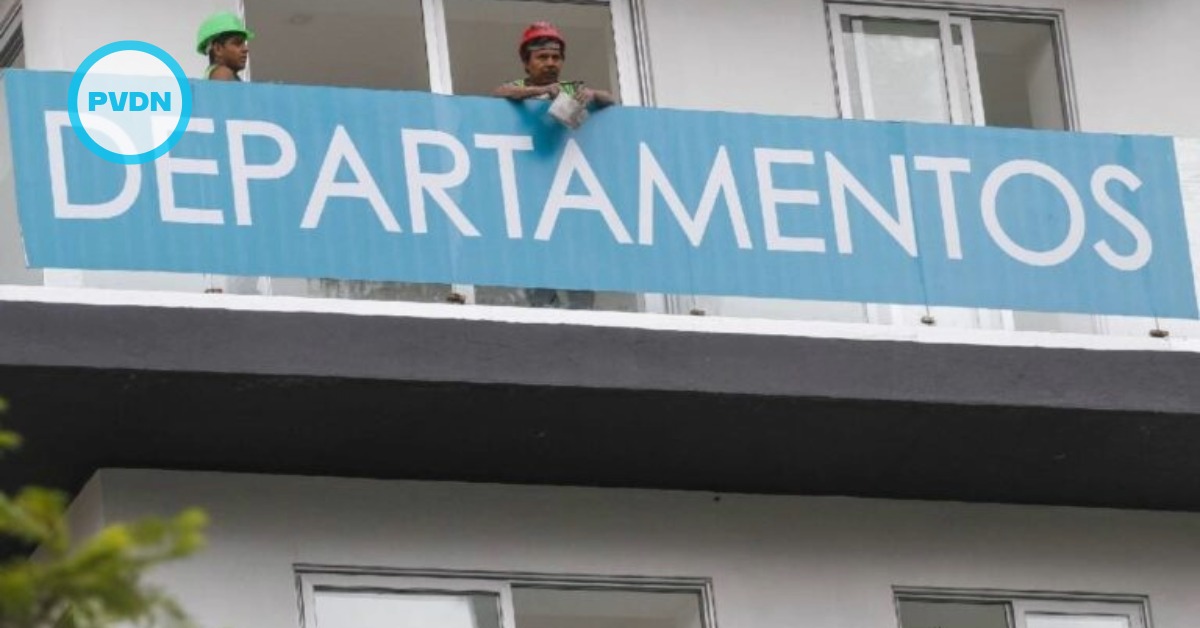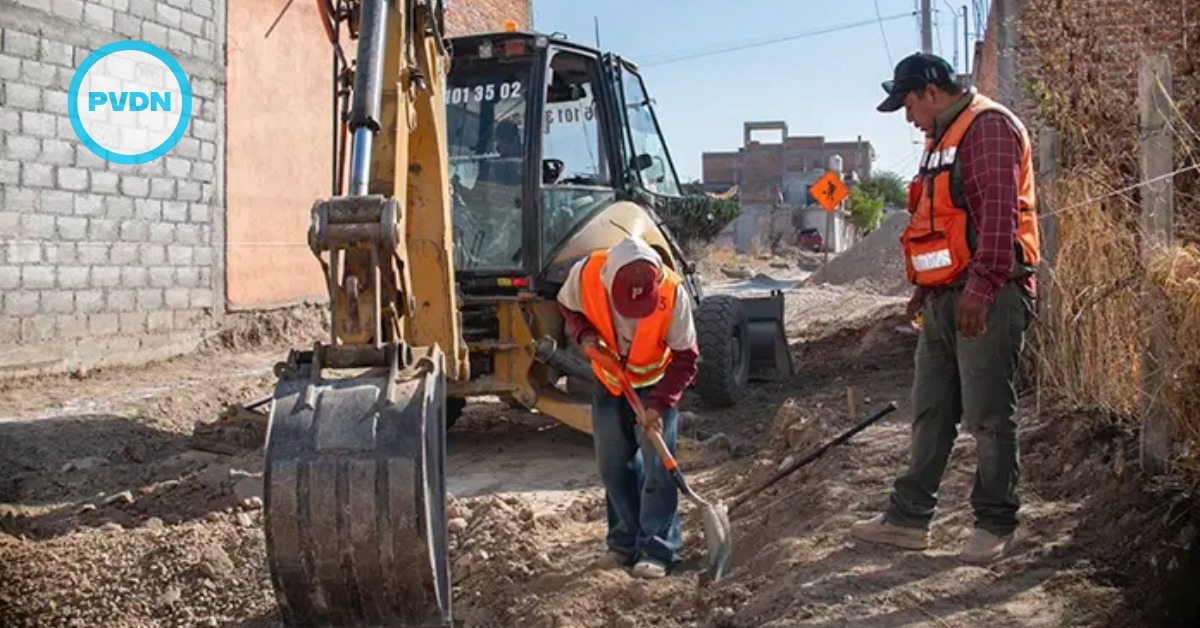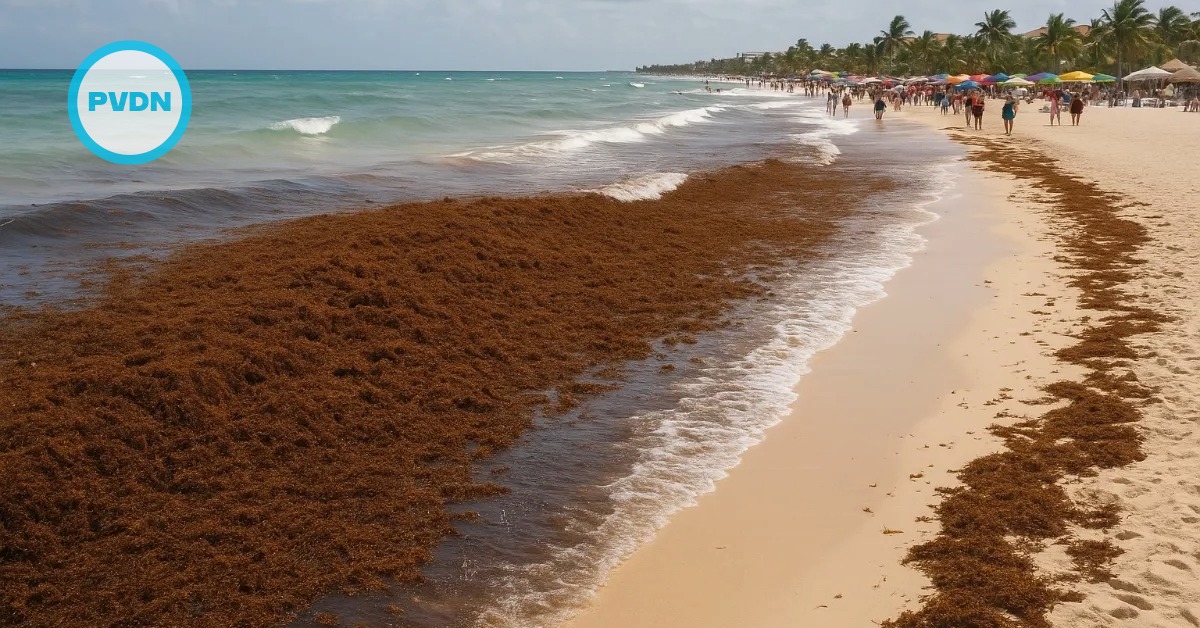The rattletrap sedan cruised the streets of Iguala, its roof crowned by a loudspeaker blaring headlines from the day's newspaper: "Another killed! Another killed!"
To the residents of Iguala, however, this hardly seemed like news. Bloodshed was part of life in Iguala before local police allegedly disappeared 43 college students here in September, and it remains so now. Despite federal efforts to wrest control, the 600 federal officers and 1,000 soldiers sent in five months ago to replace the city's police force have had no effects on the killings and kidnappings.
In a week during late February . . .





